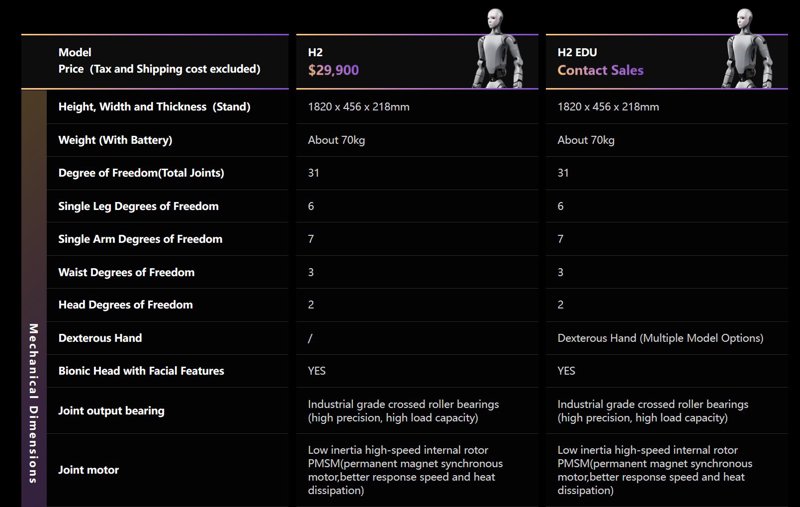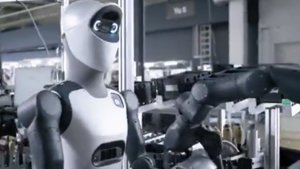Unitree is making waves with a headline-grabbing price for its new H2 humanoid robot: a seemingly accessible $29,900. Before you start clearing space in your lab, however, there are a few details you should know. Exclusive information provided to Robohorizon by INFUZE Technologies Kft., Unitree’s official Central European distributor, paints a more complicated picture of this budget biped. That tempting price tag is for a base model with some rather significant limitations.

According to János Körömi, Managing Director of INFUZE Technologies, the sub-$30k figure is for the Chinese domestic market version and doesn’t include hefty import costs like shipping, a 7.2% customs duty, and VAT that will inflate the European price. More importantly, this base model is a somewhat restricted platform; it cannot be upgraded to support dexterous hands or other payloads. It will also be limited to pre-programmed movements via a mobile app, making it less suitable for those hoping to develop custom functions. Essentially, you’re purchasing a highly advanced, 180cm tall platform that is currently region-locked to mainland China – not quite the robot of the future yet, if I may say so. However, an advanced version does exist.
The international version of the H2 will feature different hardware, and its final European price remains unannounced, though it’s expected to be higher. The full-spec H2 boasts some impressive stats, including 31 degrees of freedom, peak leg joint torque of 360 N·m, and an optional NVIDIA Jetson Orin NX for added AI processing power. For developers and researchers who want to actually start doing something with their humanoid, waiting for the fully capable (and fully priced) international EDU version is the real option.
Why is this important?
Unitree is aggressively pushing for market leadership through disruptive pricing, a strategy that has served it well in the quadruped robot space. By announcing a sub-$30,000 “full size” humanoid, the company sets a new psychological benchmark for the industry, making competitors appear expensive. However, this tiered approach creates a gap between the advertised entry-level price and the real-world cost of a functional, developer-ready platform. It’s a clever move to generate buzz, but customers need to look past the headline number to understand they’re not getting a fully programmable, dexterous humanoid for the price of a mid-range sedan.






